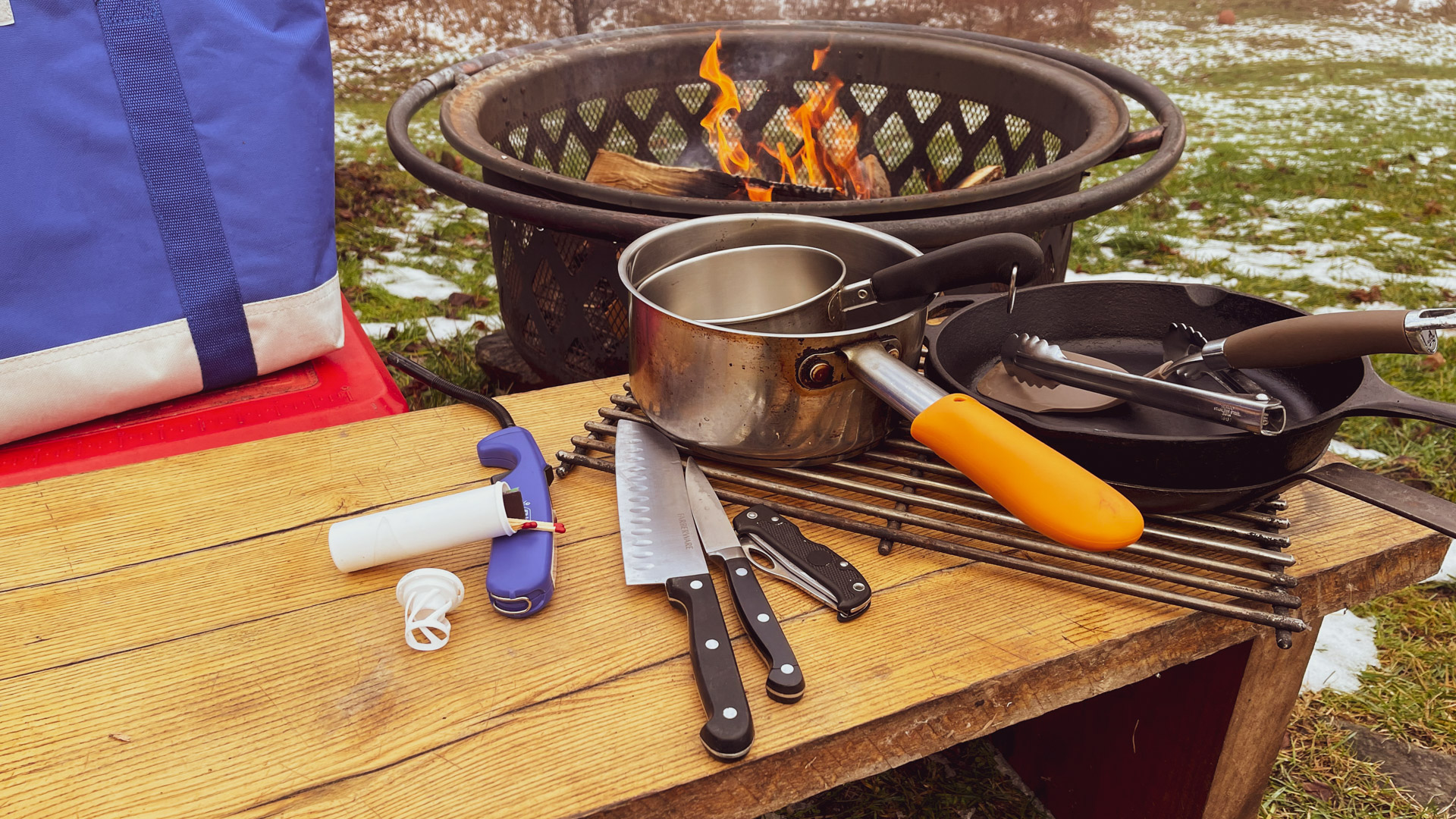
The items you bring to your camp for cooking will vary depending on what type of trip you are planning and what kinds of food you want to eat while you are there. Whether you are a beginner or an experienced outdoor chef, there are several must-have items that cannot be forgotten. These seven items will help you get started with your outdoor cooking adventure and will ensure you are eating well in the wild.
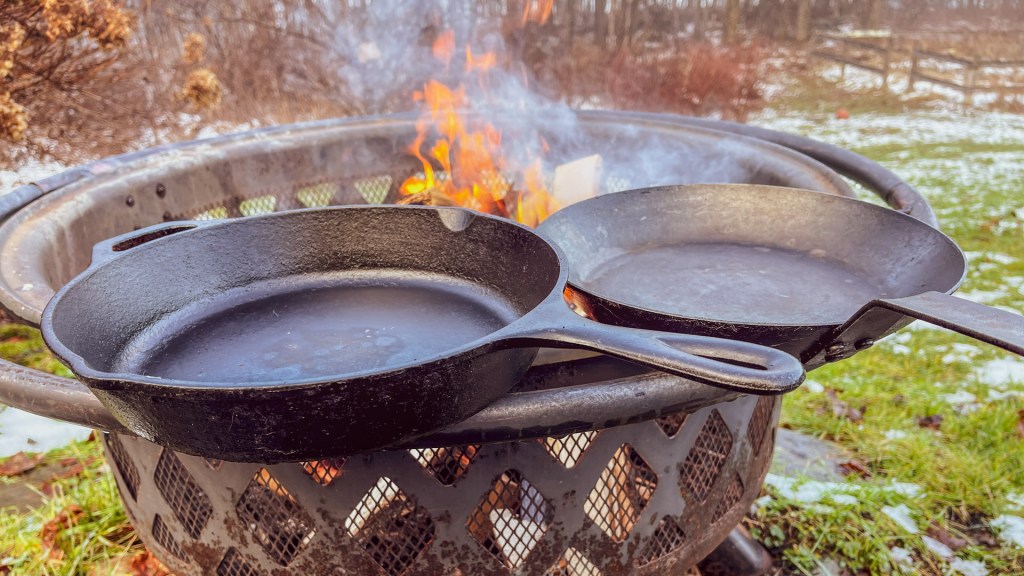
Pan
I am a huge fan of cast iron and have always used it daily at home, in restaurants, when camping and even in the boat. My favorite size cast iron pan is a 9- or 10-inch, but I often find times where I need to carry a much larger pan or even a Dutch oven for some camp cookouts. A few benefits of using cast iron over an open campfire, at home or anywhere include ease of use, cleanup and versatility. The only downside to cast iron is that it’s heavy. If you’re backpacking, it might be a good idea to downsize your pan or carry a steel pan instead. Otherwise, get yourself an iron skillet. It will last you a lifetime and serve you well in the outdoors and at home.
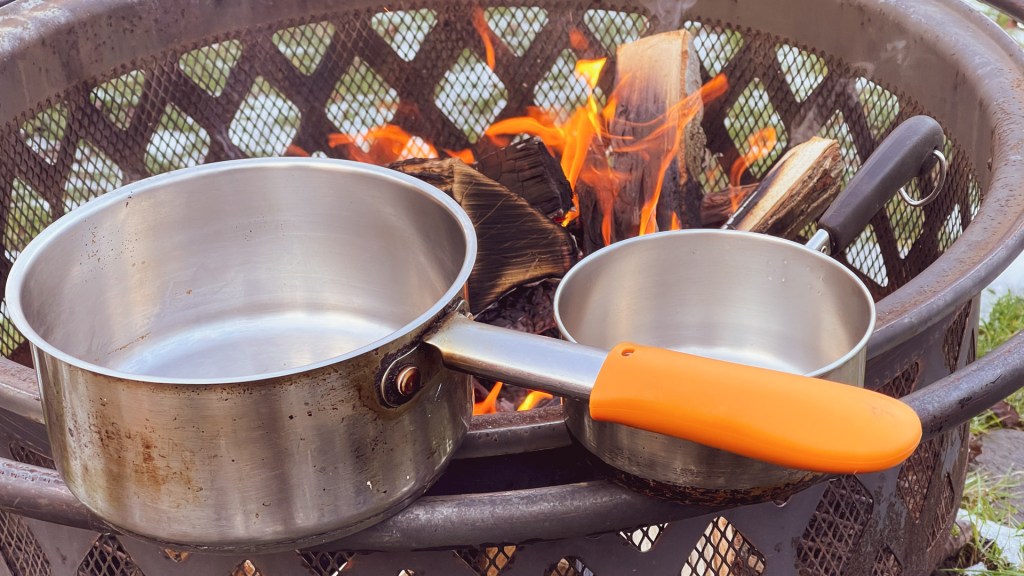
Pot
The cast-iron pan covers most needs, but an aluminum or stainless-steel pot comes in handy for boiling water for everything — from morning coffee to pasta to even sanitizing water for cooking and drinking, to doing the dishes. It doesn’t have to be big or new, just sturdy with a decent handle. My favorite sizes for camping are a 2 1/2- or 3-quart, but I will take a larger one for big groups or trips where I don’t have to backpack in. A pot can also serve as a place to pack things for the trip.
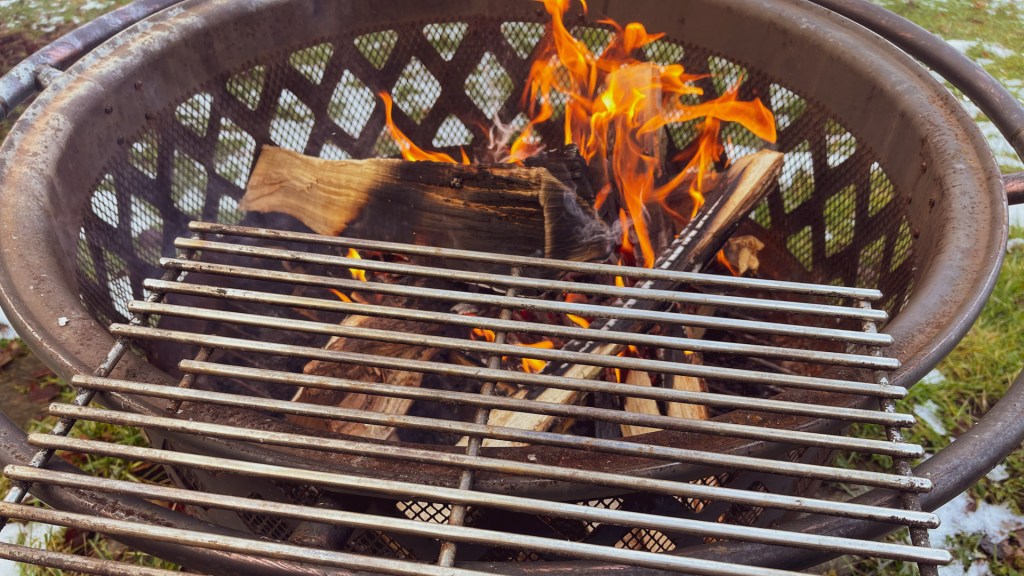
Grill/Grate
This is probably the most important piece to make cooking over an open campfire easier and safer. Having a solid, sturdy surface for the cast iron pan and/or pot takes a lot of the guesswork out of cooking over an open fire. It also gives you a lot more versatility for grilling fish, hot dogs or burgers. You can use logs or small pieces of wood to rest the grate on and position the setup so you have adequate heat from the fire or charcoal. You can repurpose a grate from an old charcoal grill or purchase one that was meant just for camping and backpacking.
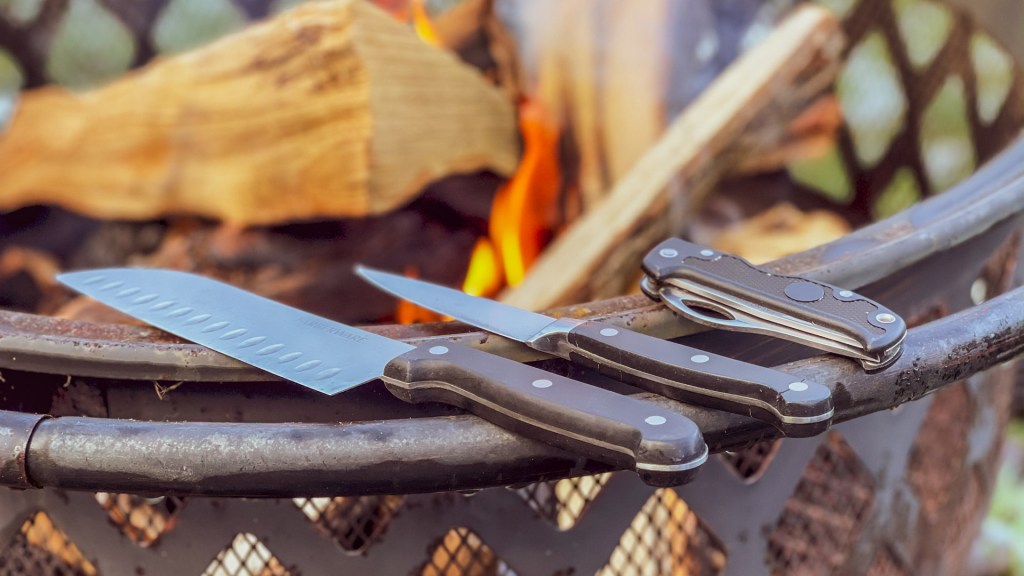
Knife
It would be hard to imagine a camping trip without a trusty knife. While a pocket knife can usually serve the purpose for most camping scenarios, I like a larger, fixed blade knife for most of the cooking duties. A larger knife can handle the food prep, as well as cutting small pieces of kindling for the fire if necessary. The best-case scenario is to have a dedicated cooking knife and another blade for other camp duties. Keep your cooking and camping knives clean and sharp. I also feel it’s important to teach outdoor and home knife skills to your kids at a young age.
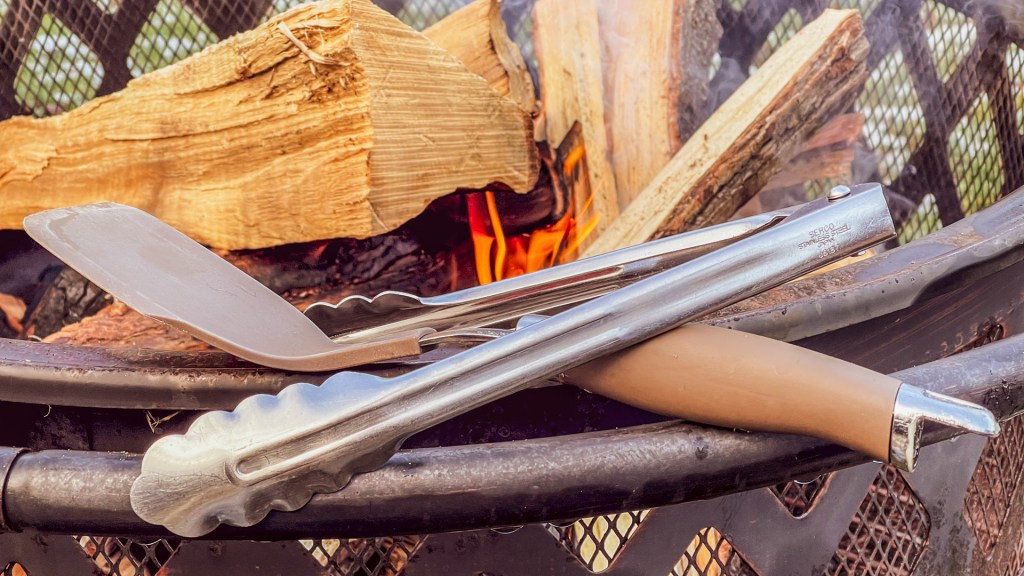
Tongs
Some cooks might have included a different item than tongs, but I find them very useful and use them for everything from the simple task of turning food while it’s being cooked to moving logs or charcoal in a hot fire. Tongs also pack well, just place a rubber band or bread tie around the ends and they will stay closed and out of the way until needed. A set of stainless-steel tongs will last a long time and you’ll find them handy for many cooking purposes.
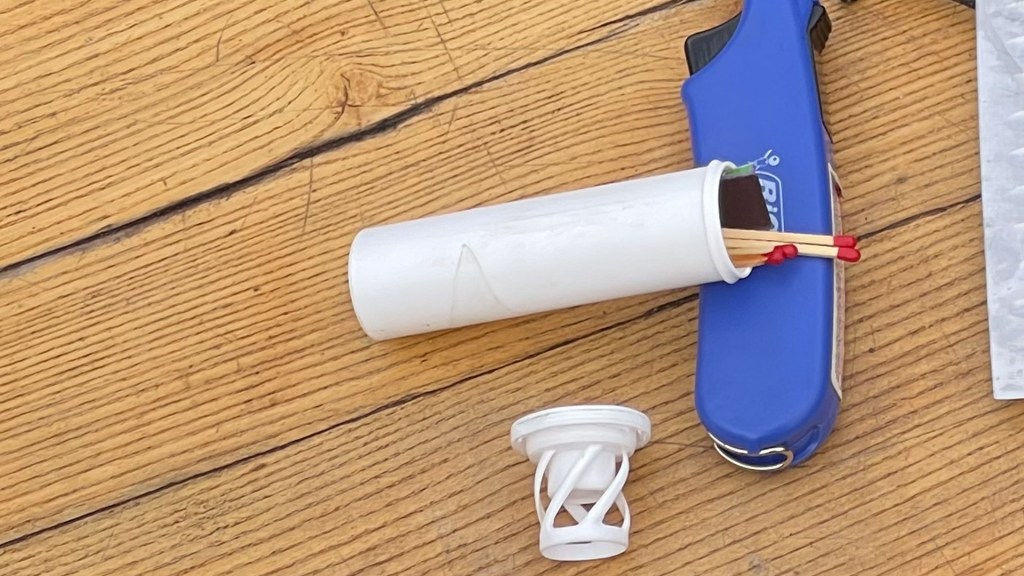
Fire/Lighter
This one is self-explanatory. This could be anything from a book of matches to a waterproof/windproof striker. If you want to go the survivalist route, you can always learn how to make a fire using a bow drill, but for most purposes having a lighter of some sort makes the job of building a good cooking fire a lot easier. Bringing more than one fire source is usually a good idea.
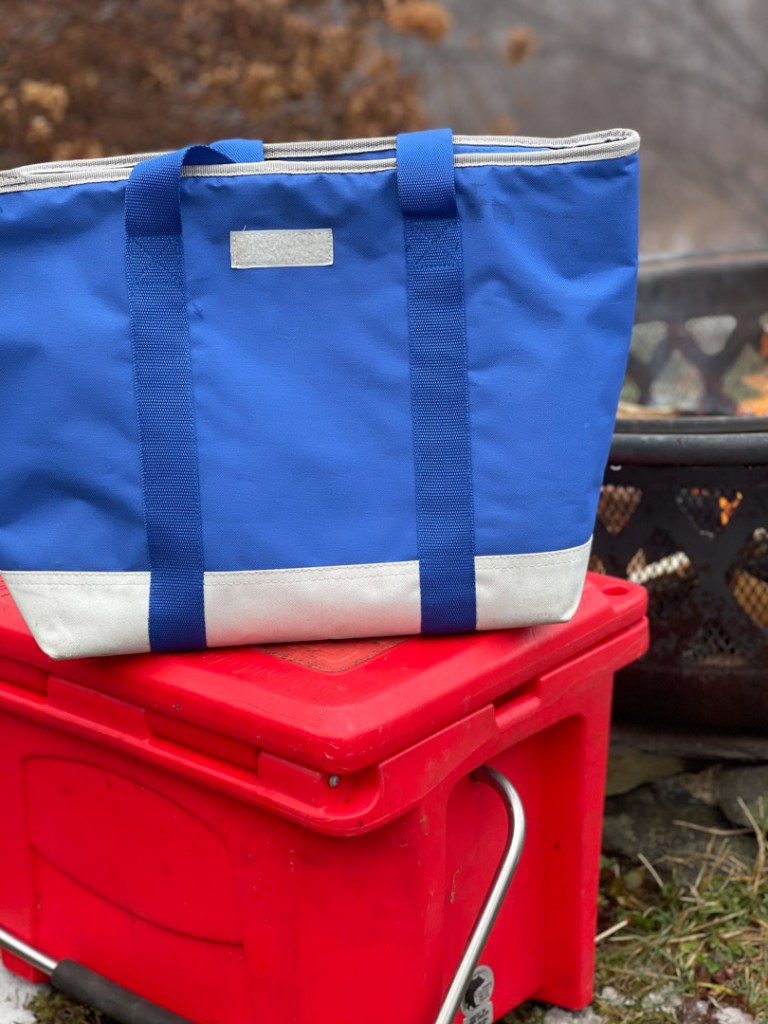
Cooler/Insulated Bag
For even a one-nighter, a cooler will make life a lot easier and keep your food a lot safer. I like to use freezer packs if I have them. Place the packs on the bottom of the cooler, cover with a cloth or piece of cardboard to keep the items from freezing, then pack the most perishable items first. It’s also a good idea to use ice in resealable bags for the top part of the cooler. This will help keep the food from getting wet, provide you with clean ice for drinks and you’ll have an extra bag or two for later in the trip.
It’s hard to rate any one of these items as more important than the other. They are a team and with them you can cook just about anything. There are other members of the team like wood and the actual fire, but that goes without saying. Depending on where you will be doing your outdoor cooking, you can bring wood or find wood at your campsite. Either way, it’s good to look for dry wood and have some kindling on hand as well. Start the fire early and get a good bed of coals going to cook over. I like to have a “hot side” and a “cool side” of the fire pit or grill. You don’t want to cook over flames, but it’s okay to have one side hot. It helps you to regulate the cooking and it’s easier to move the pan around than the burning wood.
Other items to have on hand: Stainless-steel bowl, mini cutting board, gloves, spatula, hatchet, aluminum foil, garbage bag and kitchen towel.






